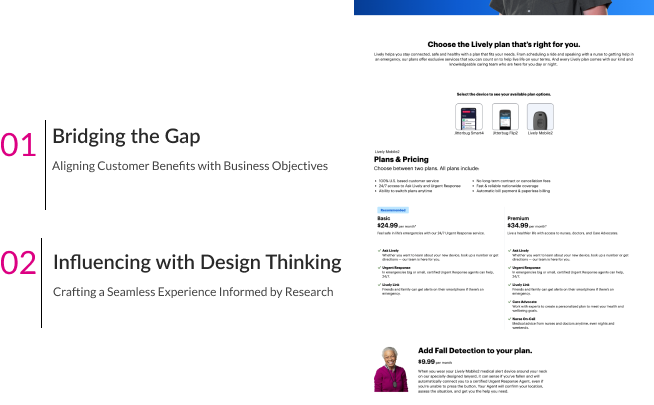Fall Prevention
A new care services provide insights to prevent falls, aiming to shift from reactive after fall incidents to proactive response. Instead of creating hi-fi designs, I focused on a long-term vision based on research, which shaped the product strategy for seniors and their family caregivers.
| SCOPE | DURATION | TEAM SIZE |
| Web App, Mobile App | 6 Months | 2 SMEs, 8 DEVs, 1 PM, 1 UXD |
|---|
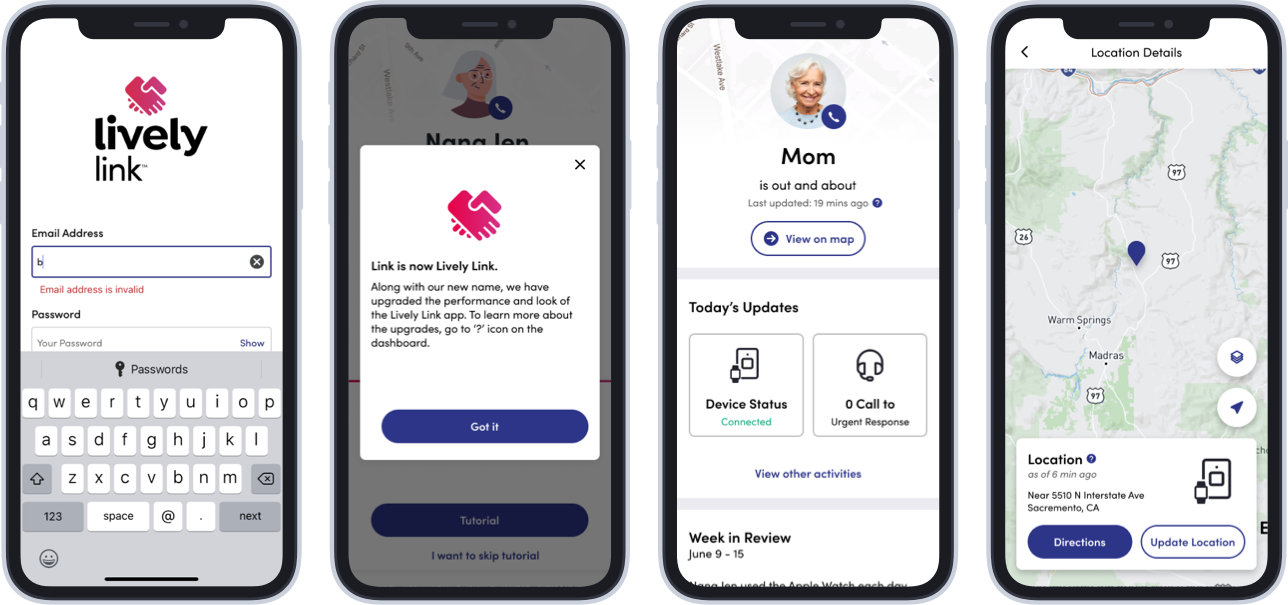
My Role
I was a product designer responsible for a mobile apps. In this case, my role extended to be more like a service designer, taking into account various touchpoints within the BBY ecosystem.
I collaborated with several team members, including the Product Owner, Product Manager, Designers, and Devs. To achieve a cohesive experience, I also worked with the Mobile App and Website development teams.
Health & Safety Services
Best Buy Health aims to support home care, with a focus on active aging, by providing simple, human-assisted health solutions. The Lively brand caters to independent aging at home through various healtch care devices and services.
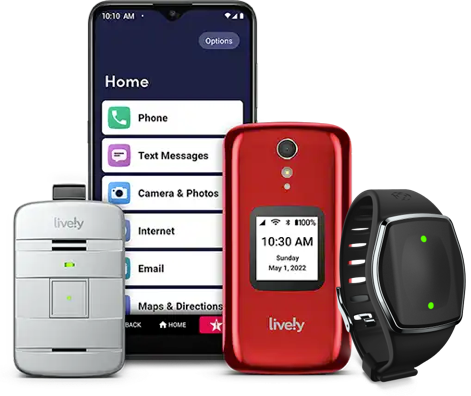
Problem
The product is a pendant-like device worn around the neck, serving as a medical alert system. The initial idea was providing health insights to prevent falls, aiming to shift from reactive after fall incidents to proactive response. The business objective was to enrich the existing health and safety services package by introducing the new Fall Detection & Walking Steadiness feature.
The problem was “How might we provide meaningful health insights to customers in a way that they would benefit from and be interested in purchasing the service? “
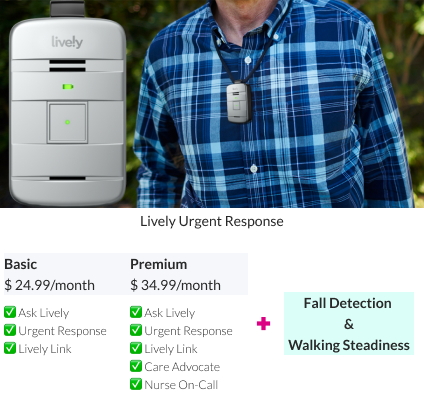
User
Our primary users are seniors- whom we refer to as Generation Aging, and their family caregivers.
The mobile app primarily designed for caregivers to track the location of their seniors, and our business stakeholders saw adding prevention exercises as a way to enhance the service and potentially drive sales, especially with the new Fall Detection and Walking Steadiness feature.
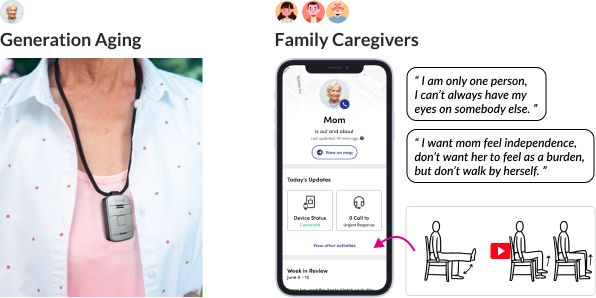
Challenges
The initial development relied on the opinions of a few business stakeholders. When I joined the team, I noticed an unclear value and strategy regarding how the new service would meet user needs and provide benefits. Furthermore, we went through 3 different project managers during the developing, which caused continuity issues and development uncertainty.
The 2nd challenge was bringing an innovative care service to the market. We needed a robust proposition to build customer trust.
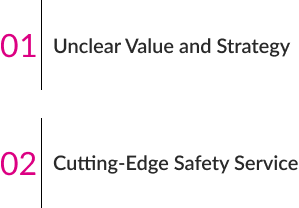
Discover
In order to develop a strong proposition, I consulted various clinical materials. I checked out sources like CDC, NIH, and Nursing guidelines to understand how healthcare providers reduce fall risk.

Concept & Concern
To communicate with stakeholders and collect their feedback, I created lo-fi mockups to visualize team’s ideas for the new features. However, I had some hesitation regarding the potential value to the customers.
By addressing my concerns with the stakeholders, we agreed to carefully evaluate customer’s needs, key features and business objective, leading us to choose concepts like walking steadiness data and prevention exercises for evaluating customer’s perception.
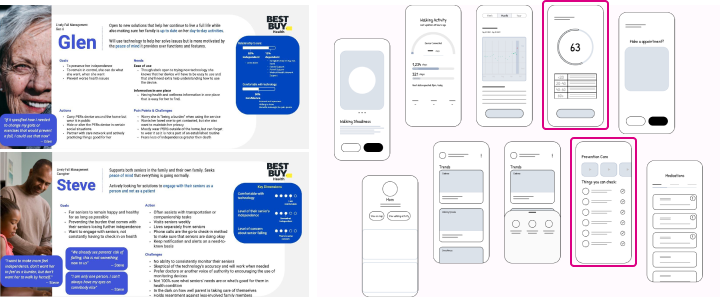
Design Research
To address our questions, I led a design research focusing on 3 key things:
- Understanding caregivers’ attitude to our product and the new concepts
- Identifying fall risk problems caregivers care most
- Determining which concepts deserve further development
Collaborative Approach to Concept Testing
In preparation for Concept Testing, I partnered with a Jr. researcher to recruit participants from 3rd party sources. With limited resource, I also wore on research moderator’s hat in this case. To maintain transparency, I invited stakeholders to act as notetakers during interviews, enabling them to directly hear insights from customers.
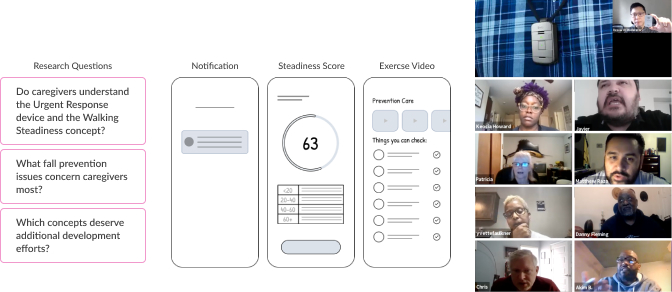
Service Design
Ex. 1 Build Customer Trust and Offer Valuable Support
Many caregivers don't see how they can benefit from the new features due to skepticism and their familiarity with their challenges. We found that caregivers valued long-term trends over numeric scores. Their primary interest was in understanding improvements or declines over time.
To address it, I shifted the focus to creating a personalized care plan. I redesigned the service by assessing the baseline and referring to sources like the CDC and NIH's fall risk assessment. The service started with a self-guided survey and balance test. Moreover, one of the key deliverables was enabling ongoing status monitor through historical data and trends.
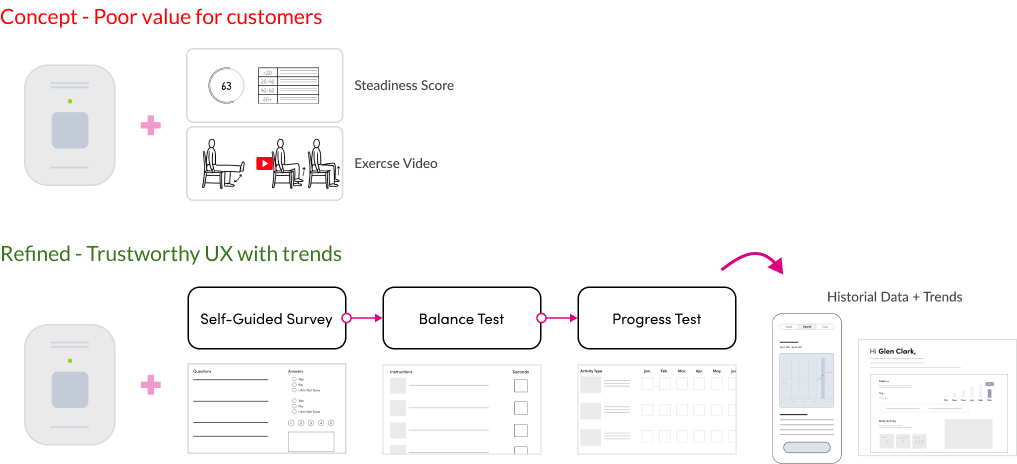
Ex. 2 Motivative Personalized Care Plan
Customers valued customized intervention content and hazard checklists for risk elimination. Designing companion support and exercise engagement is desirable for long-term health and safety.
To address this, I redesigned the strategy to generate personalized care plans based on intensity levels, and included additional features such as daily rewards and achievement badges for better engagement and retention.
Furthermore, I created an upsell potential through integrating with an existing BBY Nursing Care Plan service, leveraging the opportunity to increase revenue and maximize product value.
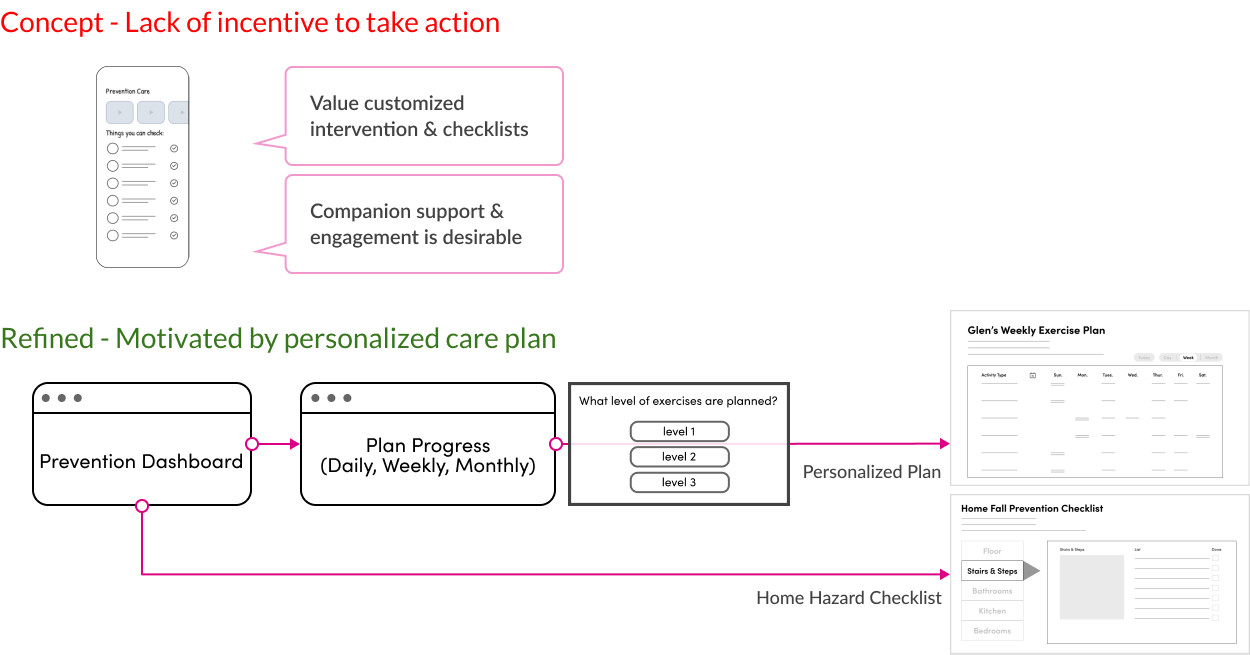
Enhanced Value of Customer Journey
From research insights, I partnered with XFN teams such as Biomedical Scientist, Marketing, Customer Support, to create a Customer Journey across multiple touchpoints, illustrating the fall prevention service for Gen A and family caregivers.
In the service redesign, I focused on delivering enhanced value to GenA while enabling information sharing with caregivers through mobile apps. The service includes personal care plan, lifestyle adjustments, and continuous support for long-term success.

Certified Scenario Flows
To describe the flow of user actions in each scenario, I created scenario flows to outline the step-by-step interactions users undertake within specific usage contexts. Moreover, it was certified by licensed physical therapists.
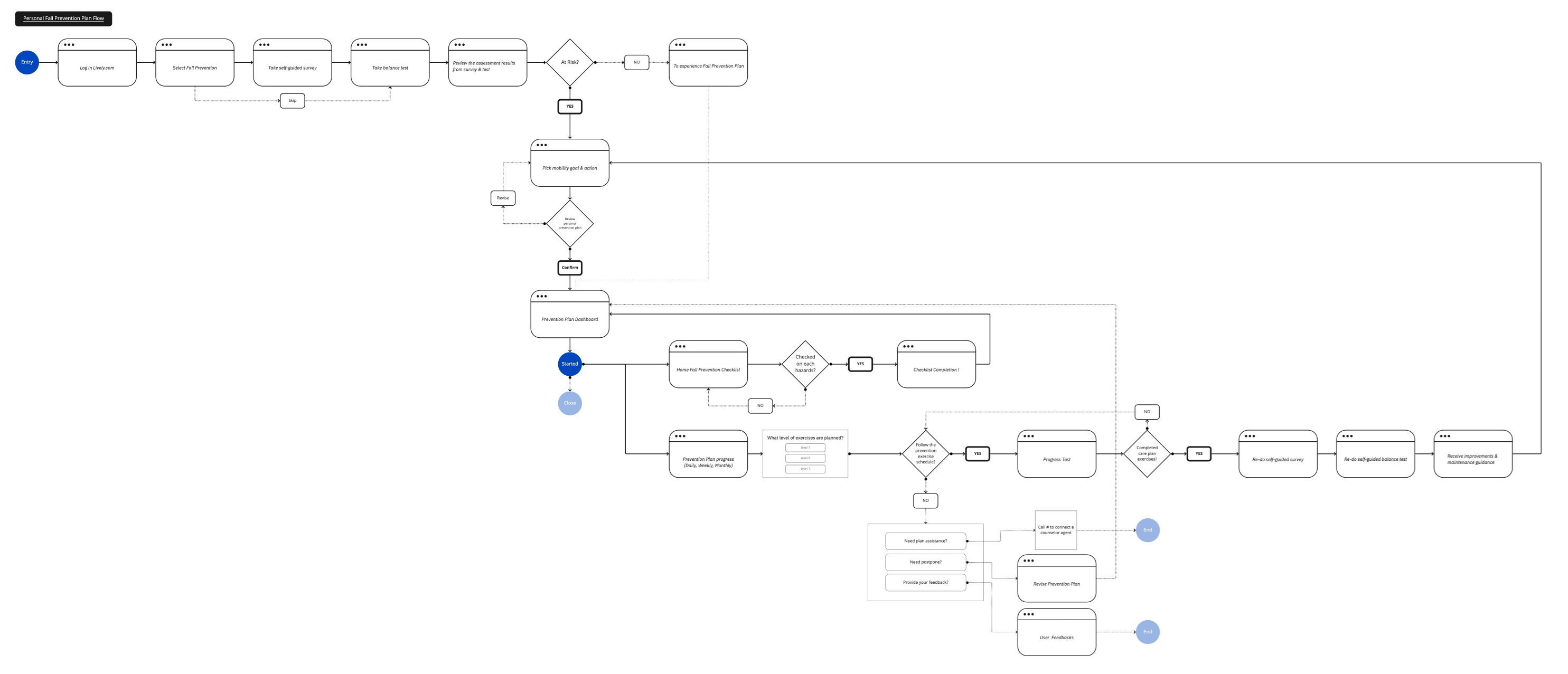
Outcomes
- By incorporating research insights into the design process, I created a robust service bridged the gap between customers' expectations and business objective.
- Influencing service design, I applied the design thinking process to define a long-term vision, influence stakeholders, and develop solutions to enhance the care service.
While I left BBY before the project's completion and launch, my work laid a strong foundation for the team to continue development. The Fall Detection has been launched and is being sold a la carte, indicating my lasting impact on the project.
